
SAVANNAH
15-02-2020 by Giovanna Grampa
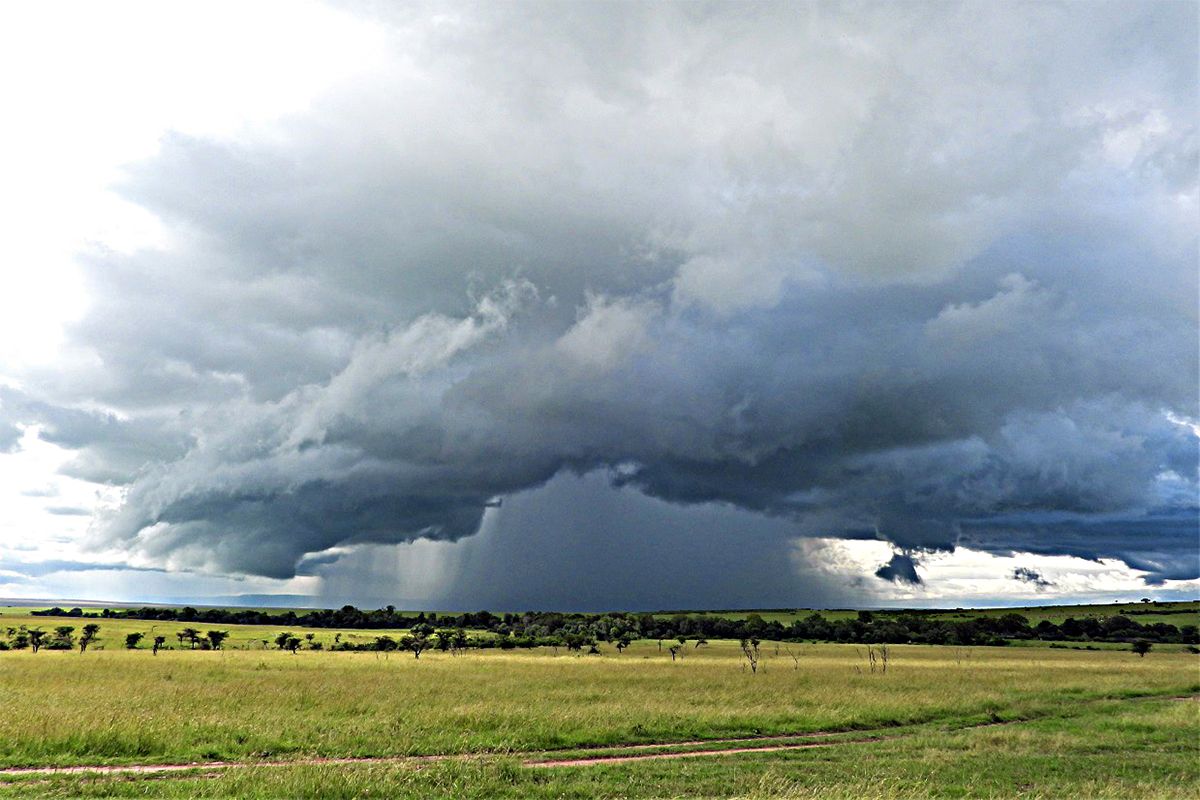
The weather forecast is not comforting but not at all we could give up our safari in the Olare Motorogi Conservancy, bordering the Maasai Mara. We have booked for over a month with Paolo Torchio, an expert guide, a professional photographer from whom I can only learn but above all a friend with whom I can share our passion for animals. We will land on the Kiombo track, the safest, after the heavy rains of the previous days, especially at night. A Mombasa Air flight takes us to our destination: Paolo is waiting for us on the runway with a Land Cruiser from Porini Lion Camp, the tent camp that will host us for four days.
They assign us a tent along the river with an unpronounceable name, the Ntiakatiak River, which actually looks like a placid brook winding down the valley, with banks more than two meters high, where some hippopotamus barely wets their short legs and welcomes us with nice grunts.
In the afternoon we go out on a game drive: thick and dark banks of clouds roll in the sky with the intention of thickening in the late afternoon like a heavy veil over a hilly landscape of fascinating contrasts. Not far away, above a tree with twisted branches, a superb leopard stares at the horizon with its slit-eyed eyes. It doesn't have a very comfortable position for him: he moves continuously with his paws to try to settle in at his best and sometimes he seems to be dozing off. We remain to admire for a long time this enormous feline with its golden coat, studded with black rosettes. Suddenly it slips on the trunk with extreme elegance and lightness, disappearing into the thick vegetation. We move away in search of other animals and after a few kilometres we find two male lions with thick manes. They rest peacefully but as soon as they get up, showing all their power, we sigh for the pleasure of that vision: the most beautiful lions I have ever seen! Honey-coloured eyes surrounded by the thick bush of the brown mane shaded charcoal-black on the tips, with reflections between ginger and cinnamon. They head on their massive legs, with regal step and without making a sound, towards their harem of females and an unspecified number of lions chasing each other playfully. In the background a charcoal-black sky and in the distance thunder and lightning.
We hurry back to the camp but on the way back the rain begins to fall from the swollen belly of the mounds in an impenetrable flood. The weather is bad everywhere and the rain is heavy and relentless.
After dinner we are in a tent, slapped by rain and wind: big drops fall like gravel from the low and black clouds into total darkness in an alarming crescendo. The river seems to roar and in a few hours it fills up with an alarming mass of water. They are about to jump the banks. It's two o'clock in the morning but we haven't slept, busy checking the level of the swollen river every half hour. Two masai of the staff warn us that we have to leave the tent for safety and after having prepared our suitcase in a flash, they take us to a safer tent far away from the river.
There is water everywhere and luckily the rain has ceased with the suddenness characteristic of Africa. The trees are still dripping but in the sky the first stars appear among the slowly thinning clouds. We manage to fall asleep for a few hours in a comfortable bed with the distressing roar of the river in the background and the grunting of nervous and panicked hippos.
Wake up at dawn, a quick coffee in a tent and everyone ready to face the new day. What happened during the night is now a memory, an unusual experience without consequences so that the ironic jokes between us are wasted. The level of the river doesn't seem to decrease and as the sun rises the sky is still full of scattered clouds. The roads are slippery with mud, covered with puddles and patches, slippery as oil. Countless small, shallow, clear streams run along the grassy ground. Exciting smells of flowers, of humid vegetation, mixed with thousands of other scents while the silence is total and so vast as to make you think you are the only living beings in that endless savannah. Just a few minutes and in front of us five cheetahs are materialized lying in the grass: the famous Tano Bora, the most studied and photographed cheetahs in recent years. They are not brothers but they are inseparable and have developed particular hunting techniques, unusual for their species. They move lazily their tail, every now and then they roll in voluptuous somersaults, yawning indifferent to us and to the other machines which in the meantime reach us. Aggraziate, sinuous, of a disconcerting beauty, they begin to cross the savannah on their long legs, one behind the other in single file with a strong step, sliding softly in the humid grass. They have a beautiful color: their golden fur, printed with small black spots, is still wet from the rain that fell in the rain fallen in the night and sometimes reflects a few rays of sunshine that appeared in the clouds.
Now all the cheetahs are in front of us giving the impression that they want to hunt but in reality they are just looking for a more comfortable place to nap and keep sleeping. The time has come to move, to aim for other horizons in search of new scenarios but, it was inevitable, the wheels of the car are spinning in the soft mud. The Land Cruiser, even if equipped with four-wheel drive, slides and swerves like drunk in the soft ground: we are bogged down and there is no way out of this situation. While we wait for a second car to come to our rescue and take us back to camp for lunch on our mobile phones, the first news of what happened not far from us during the night begins to arrive.
The Talek River flowing into the Maasai Mara Reserve has broken its banks and flooded ten lodges, sweeping away various objects including beds, tents, computers and documents. A nightmare for tourists after a night of heavy rain: some of them forced to sleep on chairs or in the car, not to mention that many are stuck both in and out of the Talek Gate. A disastrous situation that makes us feel lucky compared to the inconvenience that others are forced to live while numerous waterways are in turn reaching worrying levels creating indescribable inconvenience. One can only hope for an improvement in weather conditions but the sky doesn't let us hope for anything good.
In the afternoon the Tano Bora are all resting on a termite mound while behind them a large group of elephants feed on fresh grass and the teenagers weave their trunks simulating fights for dominance. A spectacle within a spectacle until the matriarch approaches with the clear intention of getting them out of the way and the cheetahs run away in scattered order, looking nervously behind them.
In the sky more and more black clouds foretell the arrival of more rain and for us the return to the camp means another evening shower. The first lightning bolt shakes the sky and makes the earth tremble: drops as heavy as stones turn into blinding roars, a thick rain like a flight of locusts. Then, around midnight, only thunder in the distance like big boulders rolled in the sky and finally silence. The howl of a hyena makes us slip into a deep sleep until dawn.
Third day of safari. The alarm clock always sounds very early to enjoy the awakening of the savannah and even today the sky is not clear. A young lioness calls out to her cubs who burst lively into the small clearing. After a few moments, the spotted lions launch themselves into a lively playful fight in the wet grass, raising splashes of water as they chase each other. The mother humors them and plays with them before hiding in the bushes for the long day's rest. A little further away the two male lions advance together towards us with their heads rocking to the rhythm of the imperious walk, with their mouths half-open. Now we can see their eyes under the huge mane, cold, glacial, inexorable. They are gigantic and become so with every step more as we shorten the distance that separates us: two huge silhouettes walking side by side with regal gait also hint at a few minutes of play between them before disappearing from our sight. Fascinating and magical moments that make us happy and adrenalinic, ready to enjoy the sight of another leopard that we find "hanging" from a tree. A huge cat with legs and body completely relaxed while moving only the thick tail with hypnotic rhythm. It's a big male with a splendid spotted coat, eyes that shine like jade and long rigid whiskers of a glassy white. While we are watching him, he leaps up and descends close to the trunk of the tree with the usual elegance, showing us his B side with his attributes and raised tail, thus frustrating our hopes of a muzzle photo. He leaps out and disappears into the undergrowth.
In the afternoon we find the five cheetahs and this time they seem to be hunting. They are scenes that I would never want to see live because they make me suffer but it is the circle of life and every day in the savannah the drama of the hunter and the prey is repeated. A few moments and the cheetahs get up and start running with fast pace following a group of mice (big antelopes similar to Kongoni) that graze peacefully. Heads erect with a perfect union of speed and coordination, a flow of energy that explodes with multiple strategies: at first they seem attacks without a logic but it's all done to generate panic. They attack a puppy but the mother intervenes to defend it, thus sacrificing herself: the Tano Bora are on her and in a few moments the poor animal is on the ground, helpless and lifeless. I close my eyes but I can't help but feel the cheetahs' jaws devouring the voracious Mice: they have to eat in a tight schedule to prevent other predators from stealing their precious meal. One in turn looks around while in the grass the cheetah who made the first attack with the most effort is regaining his strength and will eat last. In the air, the acrid and rarefied smell of death quickly recalls a lone spotted hyena that comes howling, exalted by the smell of blood. With his head down and shaving the ground, he captures his piece of meat and starts growling. The cheetahs try a timid resistance in front of a real war machine with sharp and strong teeth capable of devouring every part of an animal carcass. The fight is uneven and the hyena leaves with an ungainly gait, its tail swollen and upright as a warning with its beautiful piece of meat giggling and grinding its blood-stained jaws. The incredulous and disappointed cheetahs leave, helplessly watching her feast.
After the now traditional evening rain we lie tired but happy to wake up the next morning ready to leave. The safari comes to an end and finally the sky at dawn is clear and the sunlight begins to produce its magical effects. On the horizon a blaze of orange-red colours gives us the vision of an elephant with its trunk up as if it wanted to greet us and renew the invitation to return. After takeoff a last look at the vast plains of the Maasai Mara flooded with water with a few scattered elephants intent on drinking. We will surely return there, perhaps in a less rainy and drier period to relive days full of magic moments and unforgettable adventures. We land in Malindi ... and it's already nostalgia!
WILDLIFE
by Freddie del Curatolo

This is the most beautiful photo in the Maasai Mara in 2020 by an Italian photographer.
Paolo...
NEWS
by Leni Frau

A giraffe with her young, surrounded by the serenity of the Mara Conservancy in the...
PHOTOS AND ART
by redazione

Australian photographer Shravan Rao has been named the Maasai Mara Wildlife Photographer of the...
NEWS
by redazione

More and more VIPs and billionaires are choosing Kenya for their holidays.
This...
NEWS
by redazione

One of the world's top luxury hotel chains has chosen Kenya to open its first exclusive lodge in the...

Direct flights from Nairobi to Maasai Mara, even with a plane of 37 seats (the Dash 8-300) and above all without prices of...
TOURISM
by Leni Frau

Also this year the Maasai Mara is the best reserve of the whole African continent, and Diani Beach is the best beach.
This has emerged from the 2017 World Travel Awards awards in the Africa category.
SAFARI
by redazione
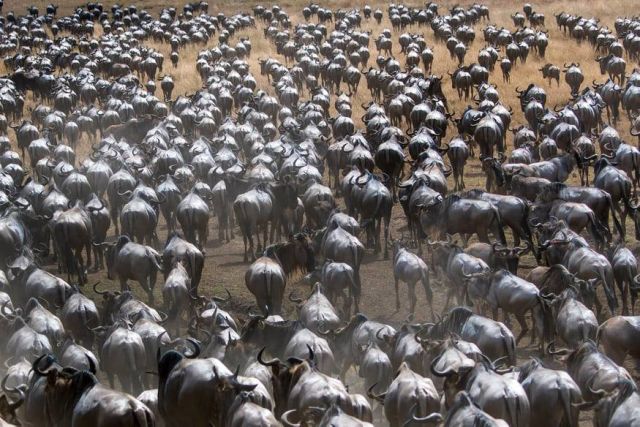
Maasai Mara "fully booked" these days for the great migration of the wildebeest.
It seems...
PLACES
by Leni Frau
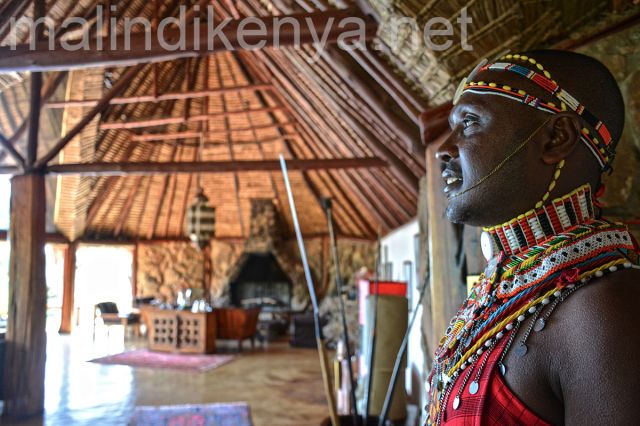
A stay at Saruni Mara is not a safari like any other.
First ...
NATURE
by Freddie del Curatolo
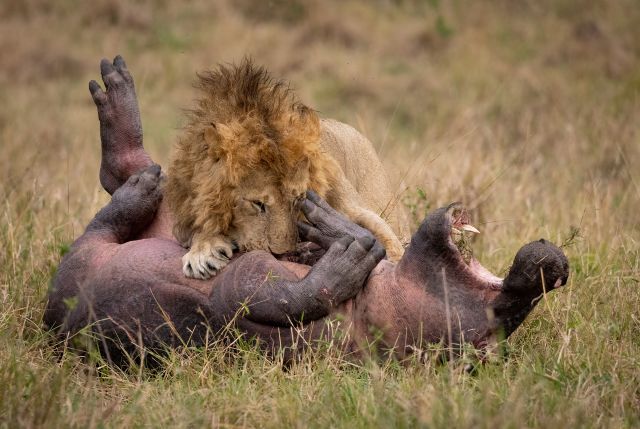
The 2021 edition of "The greatest Maasai Mara Photographer of the year" competition, which...
NATURE
by Leni Frau
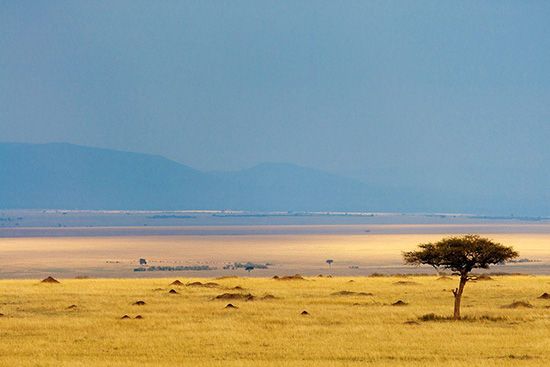
The most prestigious international magazine (and tv channel) of Nature has decided that the...
by redazione
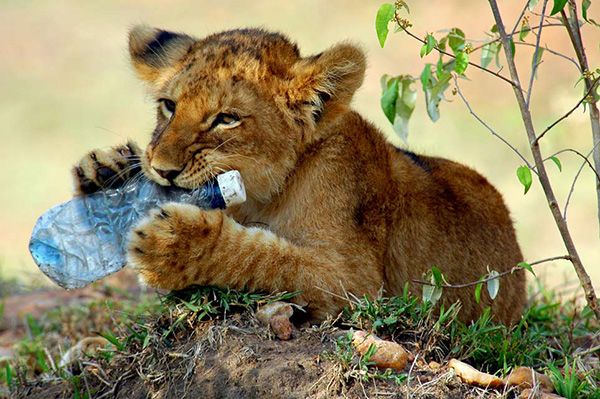
After the complete ban on polyethylene bags, Kenya's Ministry of the Environment is seriously considering banning plastic bottles throughout the country to protect the environment.
"It's a very long process - confirmed the combative minister Judy Wakhungu
AMBIENTE
by redazione

The ranking has been drawn up by the most important associations for the protection of the world's environment: the Kenyan reserve of Maasai Mara has been considered one of the fifteen wonders of the world to be safeguarded.
SAVANNAH
by Freddie del Curatolo

I wonder if some of the thousands of wildebeests moving from Serengeti Park in Tanzania to Maasai Mara will be surprised to see...